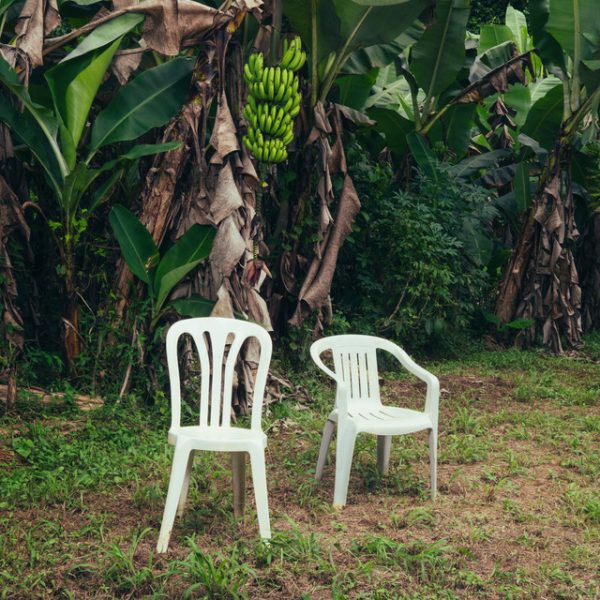GBW Annual Blood Drive 2019
Blood: we need it to live. It is a part of our human physiology, has many meanings across world cultures, and can be transferred from a donor to a recipient with relative ease and comfort. Blood drives have existed since 1667 when the first successful blood transfusion was recorded.
Glenbard West hosts an annual blood drive sponsored by LifeSource. This year, on February 21, 2019, over 120 students signed up to participate, with some more teachers willing to donate. According to Nurse Jennifer Ryan, an employee of LifeSource, “Blood is considered a medicine and it’s the one thing that a human being can do for another human being; it can’t be manufactured and it can’t come from an animal. If people weren’t donating, there’s nothing else you can use.”
According to LifeSource, one donation of blood can save three lives, whether that’s the use of plasma for a burn victim, platelets for cancer patients, or red blood cells for trauma patients. In a normal blood donation, a registered nurse first constricts the flow of your blood in your arm with elastic to easily find the major vein in the inside part of your elbow, all while you sit back in a reclining chair. After sanitization, a large needle is poked just under the skin into this vein. A small machine on the side of the chair then pumps out about a pint of your blood. The three main contents of this blood can then be separated out using other machines at their main center and sent to various hospitals and dispatches.
There is also another machine, called the ALYX, that, according to LifeSource volunteer David Jacobson, “takes out the whole blood from your body. That will get separated and they will keep your red blood cells and return the platelets and the plasma to your body. The ALYX takes basically double the amount red blood cells. They like the ALYX if you are of a certain blood type that they need on that certain day.” As this can make a donor even more dizzy and nauseous than a regular donation, it is usually reserved for heavier and taller donors.
Often people believe that blood donation is often done by older people, but teenagers are just as eligible and often wanted for their youthful resilience. One such teenager, junior Ryan Dahlgren, has donated blood his sophomore and junior year. “I thought it was a good cause,” Ryan says. “It is a good way to help out the world.” Ryan says that his sister supported him to participate and when I, nervous to donate for the first time, asked if it hurts, he said “maybe.”
Emma Raczka, this year’s student co-president along with Ahalya Lettenberger, “helped coordinate the sign-ups and logistics of the event,” according to Emma. She also had donated and “was a little dizzy.” Emma had donated in years past and wanted to help all she could with this year’s event. “I felt great to know that I was aiding in the process of saving lives because without organizing people to sign up and get[ting] people to come, we wouldn’t have donated any blood.”
According to Nurse Jennifer Ryan, her favorite part of this process is “meeting the donors. It is just so wonderful how people do this for other people and make a huge difference.”




